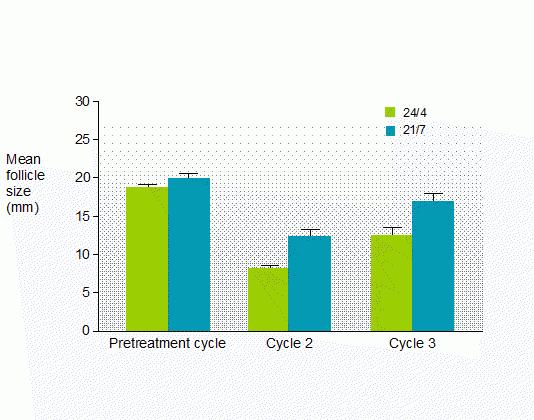Update on Avian Influenza
by Tanya Melillo Fenech MD MSc
Resident Specialist
Head, Infectious Disease Prevention and Control Unit
Department of Health Promotion and Disease Prevention
There were no new human cases of avian influenza A (H5N1) reported to WHO since 10th September 2008.
A study done at Leicester University and published in the New England Journal of Medicine this year showed that a vaccination given against one strain of avian influenza 6 to 8 years previously, can ‘prime’ the immune system to give a rapid response with a booster shot within a week to fight another avian influenza strain. The research centred on a group of people who were given a vaccine against H5N3 strain of avian influenza between 1999 and 2001. Years later, they were vaccinated against the H5N1 strain of avian influenza and their immune system response was compared against a group who had not received earlier vaccination. The vaccine contained another ingredient called MF59 designed to boost its effectiveness.
After just 7 days, 80% of the ‘primed’ group had signs that their body was protected against H5 N1 compared with 20% of the ‘unprimed’ group. The earlier vaccine had not only offered protection against the original strain but laid the foundations for protection against other avian influenza strains.
Seasonal Influenza
A study on the effectiveness of maternal influenza immunization in mothers and infants published in the New England Journal of Medicine last September found that among the 159 infants whose mother received the influenza vaccine there were only 6 lab confirmed influenza infections, as compared with the 16 among the 157 infants whose mothers were in the control group, who were given the 23-valent pneumococcal polysaccharide vaccine[e1] . This is compatible with a vaccine effectiveness of 63% (95% CI – 5 to 85%). In addition the influenza immunized group experienced a 29% (95% CI – 7 to 46%) reduction in infant respiratory illnesses with fever and a 42% (95% CI – 18 to 59%) reduction in the rate of infant clinic visits. It was estimated that 100 maternal influenza vaccinations prevented 7 and 14 cases of respiratory infection with fever in the mothers and babies respectively. The study showed also that the virus was circulating for at least 10 of the 15 months of observation.
Jansen et al in Vaccine Journal last August reported a retrospective nationwide cohort study in the Netherlands over 1992-2003, using mortality and viral surveillance data. It was found that routine influenza vaccination among Dutch elderly was statistically associated with a significant decrease in influenza-associated mortality, notably in those aged 65-69 years (relative risk of 54) but less in those aged 75 years and over.
In May 2003 during the 56th World Health Assembly (WHA), all EU Member States committed to the goal of attaining vaccination coverage of the elderly population of at least 50% by 2006 and 75% by 2010 and to having mechanisms for monitoring the uptake in place. Presently 17.1% of the EU population are currently aged 65 years or older.
An article in Euro Surveillance last October reviewed data collection of vaccine coverage rates in the elderly in Europe. Data was only available in 19 out of the 29 EU Member States. From these 19, only one country, the Netherlands, reached the WHA 2010 target of 75% coverage in the elderly and another, the United Kingdom, is just below this target at 74%. Nine countries met the 2006 target of 50%. However, the remaining eleven countries failed to pass the 2006 target of 50% coverage in 2006-7. Malta is one of the countries who as yet does not have a proper system in place to be able to collect the actual coverage rate of our elderly population and high risk groups.


